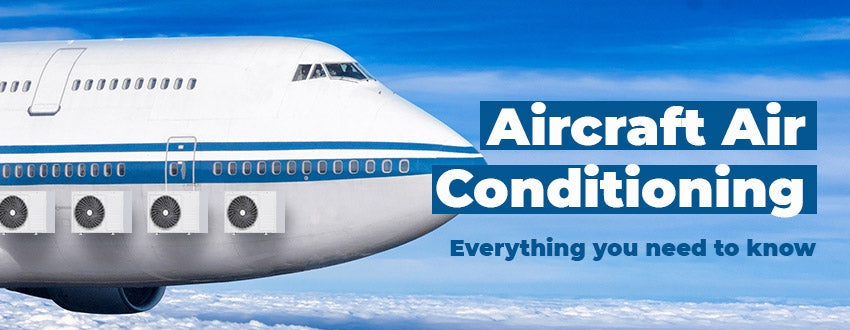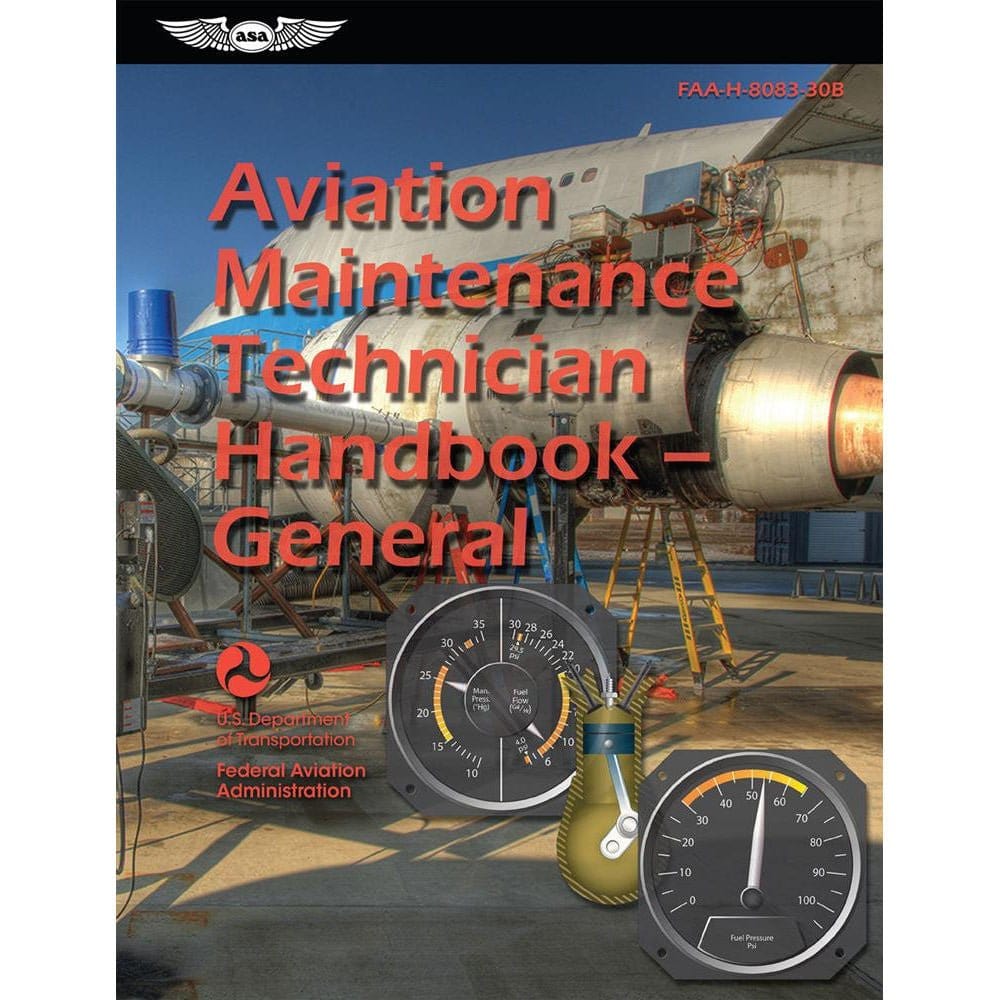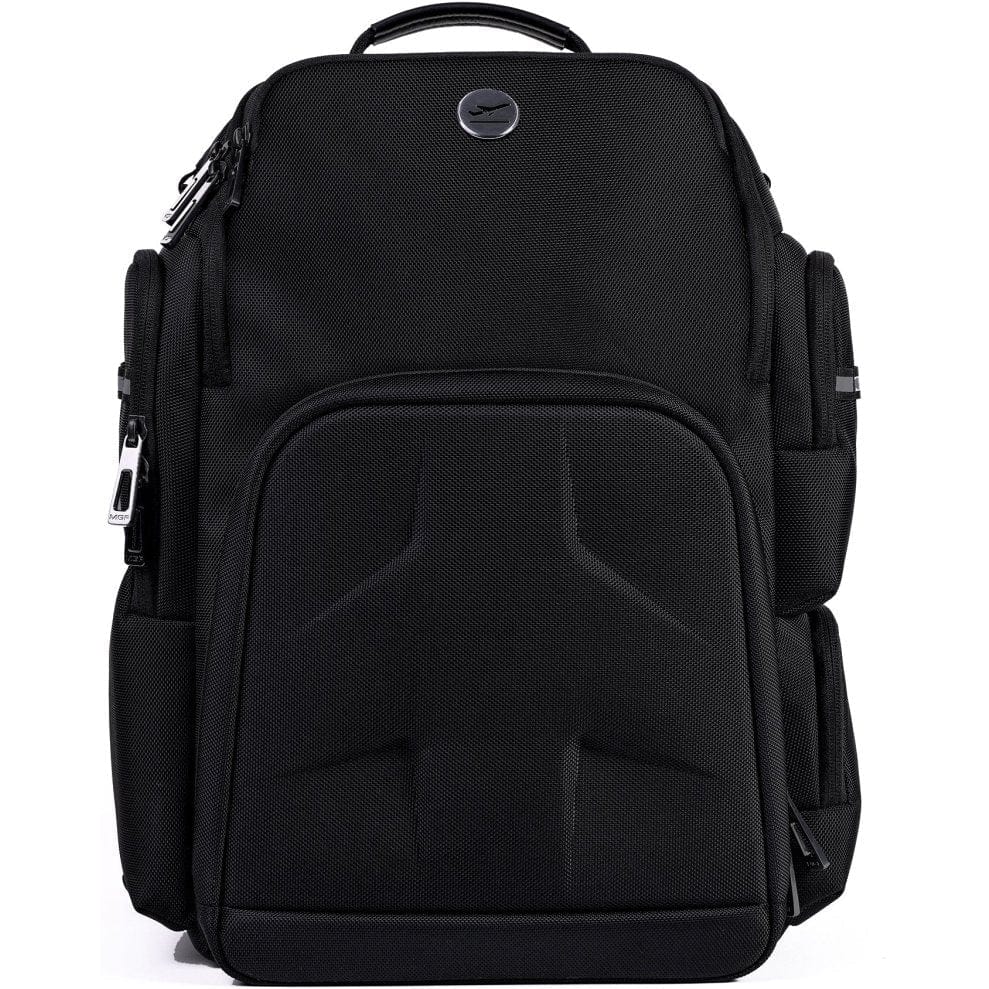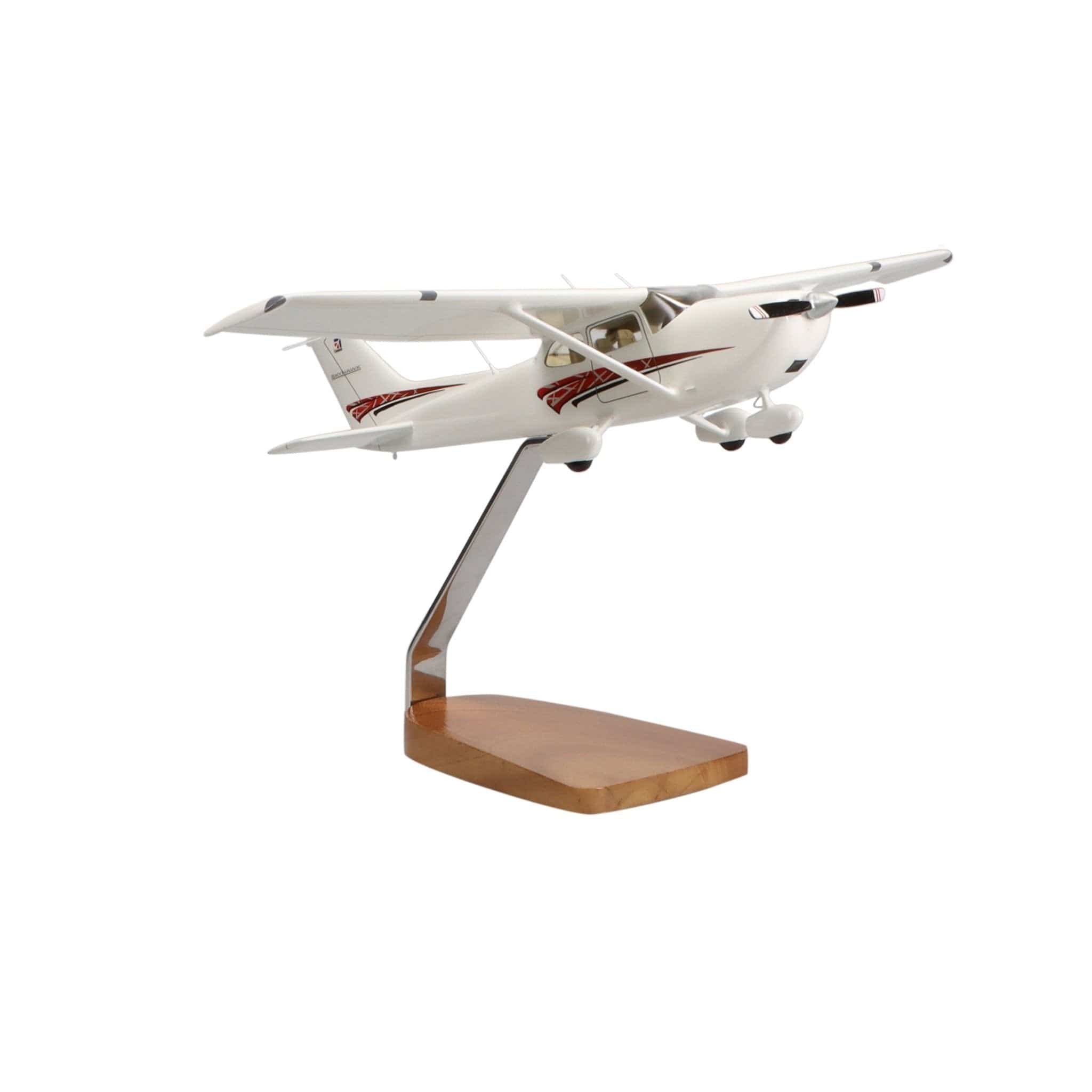Talk of the air conditioning systems on aircraft can be enough to make a germaphobe squirm. With all the urban legends of getting sick after flying, and the thought of breathing stale air onboard commercial passenger jets, planes’ AC systems have developed a bad reputation in some circles.
It can be hard to sort out the fact from the fiction, so today we will set the record straight and share all the details you need to know about aircraft air conditioning systems including how it works and how clean it really is.
Jump to the Answers
- Understanding modern aircraft air conditioning systems
- Discover the air conditioning components
- Do aircraft cabins have heaters too or only air conditioners?
- Why are the engines turned off while waiting to take off and does shutting the engines off actually conserve fuel?
- Why is the air conditioning turned off when boarding a plane?
Understanding modern aircraft air conditioning systems
The most used type of air conditioning system for turbine passenger jets is called air cycle air conditioning. Vapor cycle air conditioning is another AC system type that is more common with reciprocating aircraft.

The environmental system on an aircraft is often called a “PACK.”
The air for an air cycle system is supplied by the engines. Excess air or bleed air is bled off from the engines and this hot air is routed through a primary heat exchanger to cool slightly then into the air cycle machine (ACM). In the air cycle machine, the air is compressed which raises its temperature again.
The heated and compressed air is sent through a secondary heat exchanger where cool outside ram air brings its temperature back down. The air next travels through the expansion turbine and into an expansion chamber where it chills to a near-freezing temperature. The cold air is sent into a water separator so the moisture can be removed.
Once the cold, dry air flows into the mixing box, a temperature mixing valve allows a small amount of hot engine air to be added as needed to reach the air temperature desired for the cabin. The perfectly cooled air flows into the cabin providing both pressurization and climate control.
(Image Source: B737 NG Avsoft International )
The Boeing 787 Dreamliner takes a slightly different approach by drawing air directly from outside rather than bleeding it off the engines, thereby improving engine efficiency.
The air is routed to cabin air compressors (CACs). The CACs pressurize the air before sending it for cooling. Rather than removing all the moisture, the Dreamliner’s air conditioning system intelligently optimizes the humidity levels based on the number of passengers the crew indicates are aboard.
At any given time, about 50% of the air in the cabin is freshly pumped in and 50% is recirculated. The recirculated air has been drawn out of the cabin by fans and routed through a series of High-Efficiency Particulate Air (HEPA) filters.
The HEPA filters remove 99.999% of microbes including viruses and bacteria. Another reassuring fact about recirculation is that the air from the lavatories and galley is not recirculated. The fans pull it out and simply replace it with fresh air rather than running it through the recirculation system.
Aircraft temperature is controlled and monitored by temperature bulbs in the cabin sending data to the cabin temperature control panel. The controller then compares the data from the bulbs with the desired cabin temperature and directs the temperature mixing valves to allow more or less hot bleed air to mix with the cold air in the mixing box.

( This image points out the air RAM inlets)
Air Conditioning Components
The air conditioning components of a Boeing aircraft can vary depending on the model and configuration. Generally, these components can include:
- Air Conditioning Packs: to cool and condition the air.
- Air Distribution Ducts: to send the conditioned air to different parts of the aircraft.
- Air Filters: to remove contaminants for better air quality.
- Recirculation Fans: to maintain airflow.
- Control Panels: typically controlled by panels in the cockpit and at times the cabin.
- Temperature and Pressure Sensors: to monitor internal conditions.
- Bleed Air Systems: often used to bleed air from the engines and provide compressed air for different functions within he aircraft.
- Pack Valves: to regulate the flow rate of air and help maintain the desired cabin pressure.
Do aircraft cabins have heaters too or only air conditioners?
While houses and automobiles use separate heating and cooling functions, the climate control on aircraft is different. The same system that cools planes during the sweltering heat of summer can also ward off the winter or high-altitude chill.
To warm the plane, the aircraft’s temperature control system simply directs the temperature mixing valve to add more hot air from the engines to the cold air in the mixing box so the system can provide warm but not too hot air to the cabin.
Why are the engines turned off while waiting to take off and does shutting the engines off actually conserve fuel?
When pilots tell a cabin full of passengers that they are going to keep the engines turned off to conserve fuel during an extended delay at the at gate, naturally there are those who wonder if that is really necessary and effective.
The answer to that is, “yes.”
With engines the size of those on large jets, there is a noticeable and measurable fuel conservation benefit gained by powering down the engines at the gate. Since pilots plan their fuel needs including reserves in advance, if they kept the engines running and burning fuel during a long gate hold, they may then be delayed even further by needing to refuel prior to takeoff.
Why is the air conditioning turned off when boarding a plane?
One of the questions flight attendants are bound to get asked during hot summer months is why the air conditioning is not running while the plane is at the gate. If the plane’s engines are turned off, the main air conditioning system is not being powered in its normal way.
Instead, an Auxiliary Power Unit or APU supplies the electrical and pneumatic power the cooling system needs to run while saving on fuel and money as well as reducing emissions. If the engines have been powered down but the APU has not yet been turned on, the air conditioning system will not be running.
In other cases, the engines may still be on, however since the compressed air which cools the aircraft relies on higher engine RPM to be most effective, idling engines can make it feel like the AC is off. Turning on the APU can help supplement the main air conditioning system while idling at the gate.
A final way in which planes are cooled while at the gate is through ground air. Ground air cooling relies on an external air conditioning unit to pump cold air into the cabin through a hose. The plane’s internal air conditioning system will be turned off while ground air is on.
If ground air is used, the supply will be disconnected shortly before the boarding door is closed. This means you may be without AC for a short time until the plane’s APU or engines are powered up to run the onboard air conditioning system.
Learn more about air conditioning and other aircraft systems with a copy of Aircraft Systems for Pilots.













3 comments
Patricia Gale Thompson
Are there any additives to the AC on the smaller planes, such as an American Eagle? A lot of water fell on me and left my hair and blouse wet last week and that night I developed chest congestion, headache and a sore throat that won’t go away. I have Parkinson’s Disease and little immune system, and I need help.
SRK
Will a four engined aircraft like B747/A380 / A340 have four packs or do they have only two packs like other twin engined aircraft.
Antonio
Air conditioning System in Boing 777